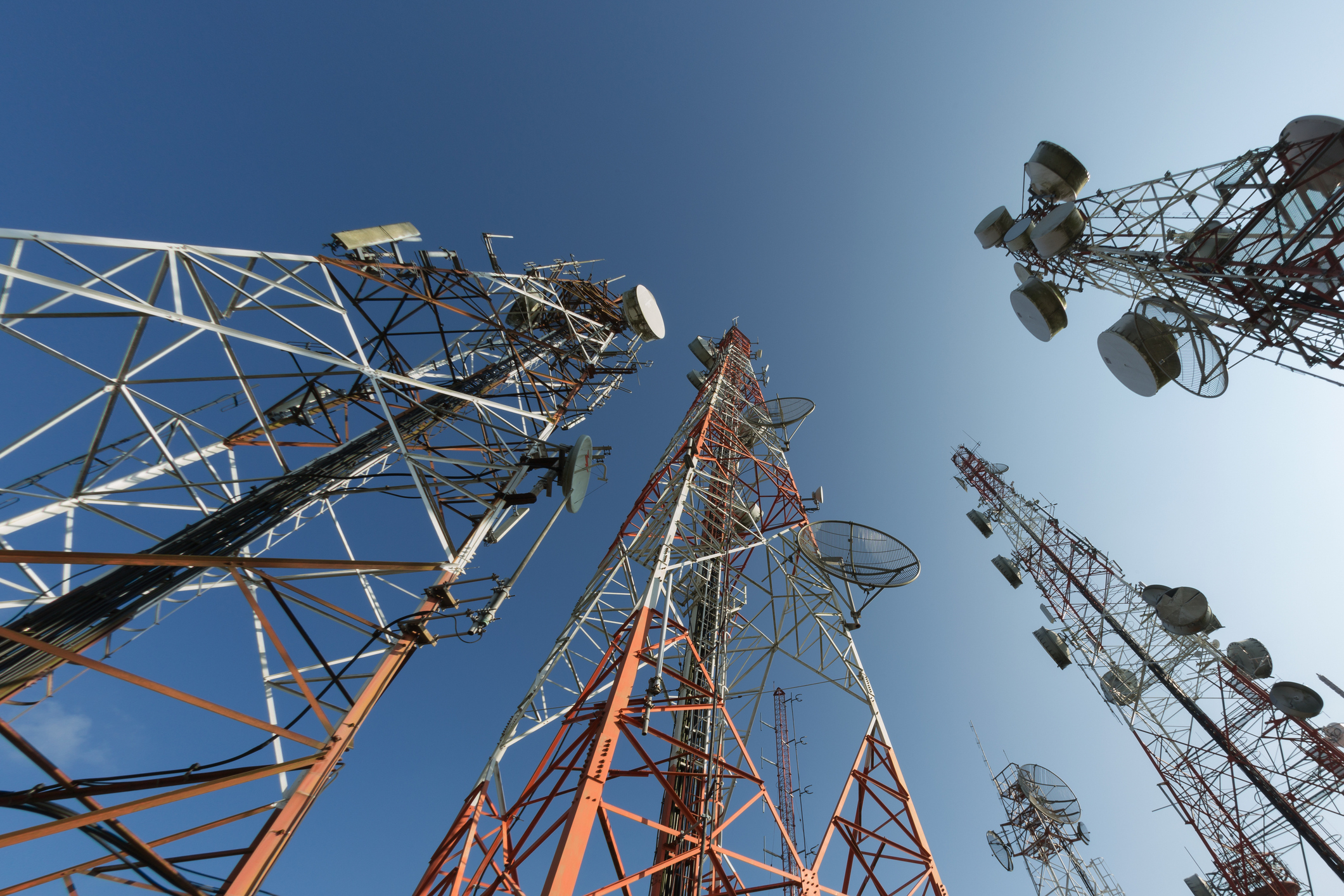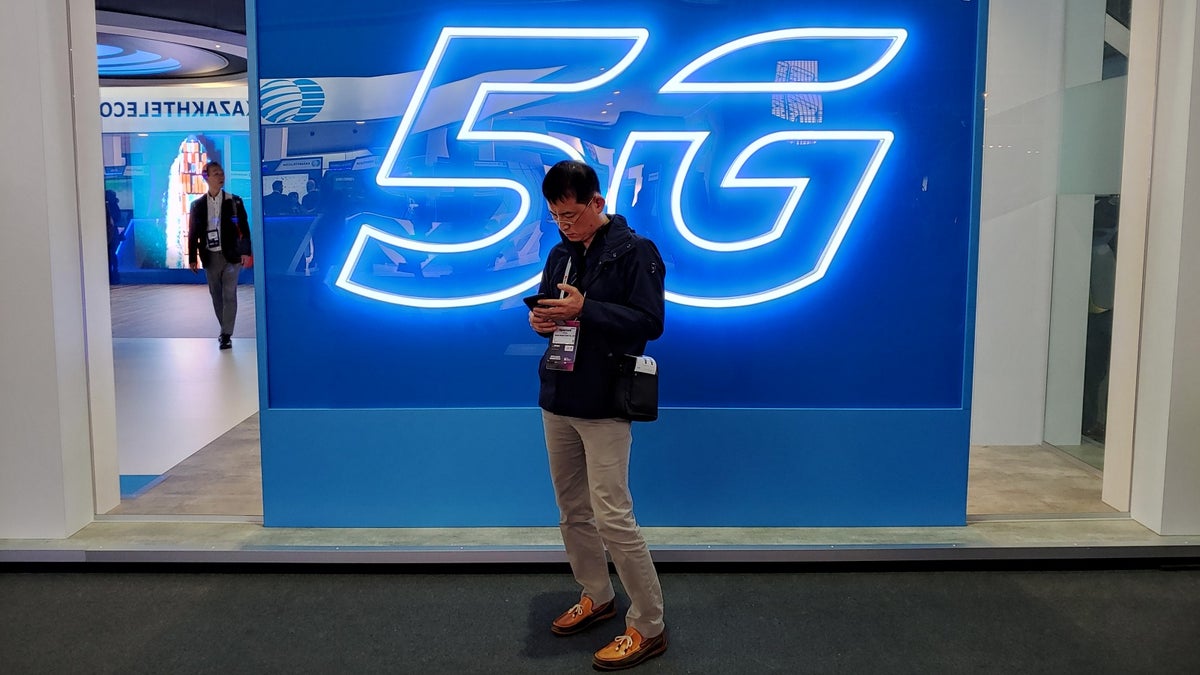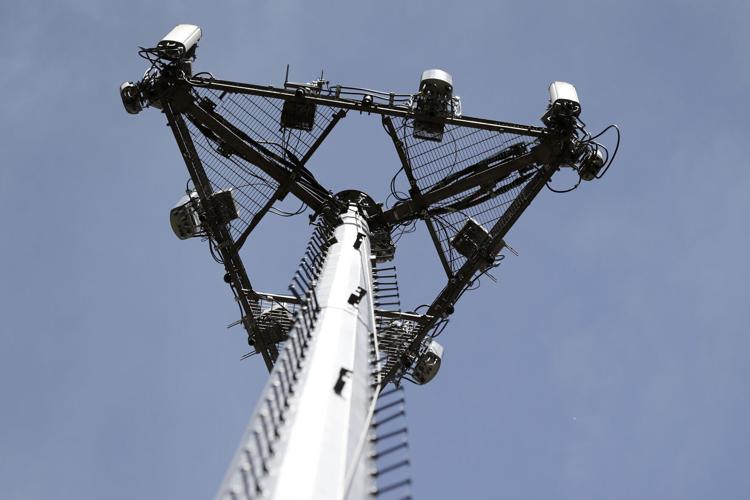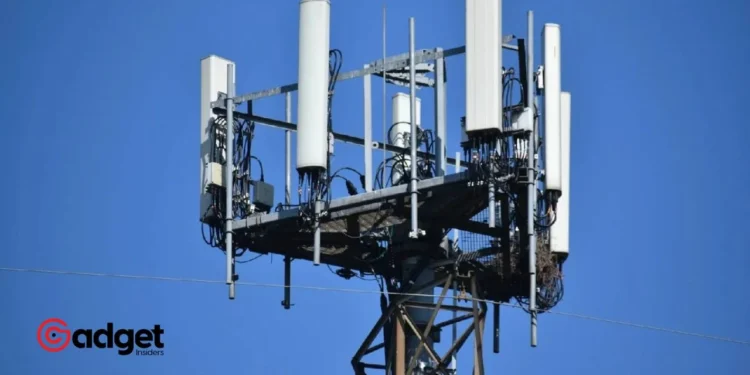In a groundbreaking case that’s captured the attention of both the media and public health advocates, a Minnesota woman has taken a bold stand against the telecom companies T-Mobile and At&T. Marcia Haller, a resident of a serene rural area north of Duluth, is embroiled in a legal battle against American Tower, AT&T, and T-Mobile.
This dispute sheds light on the ongoing debate about the safety of 5G technology and its impact on health, sparking discussions that reach far beyond the borders of Minnesota.
A Home Turned Battleground
Marcia Haller’s journey from a peaceful life in rural Minnesota to the center of a technological controversy began in 2008 when she and her husband moved into their dream home. However, the tranquility of their new residence was soon overshadowed by the construction of a guyed tower, approximately 1,300 feet from their property.
This tower, which was later acquired by American Tower Corp and leased out to giants like T-Mobile and AT&T, became a source of concern for Haller, especially after its upgrade to 5G in October 2019.

Haller’s lawsuit against the telecom companies stems from her belief that the radiofrequency (RF) radiation emitted by the 5G tower is responsible for her numerous health issues. The severity of her condition, which includes 51 strokes, vision and hearing loss, and cognitive impairment, has compelled her to seek the removal of the tower.
Her stance is backed by the Children’s Health Defense’s Electromagnetic Radiation (EMR) & Wireless program, despite skepticism from industry experts who argue that the RF exposure levels from cellular antennas are well within safe limits.

T-Mobile And AT&T: The Science and Skepticism Behind RF Exposure
The heart of Haller’s argument lies in the potential dangers of RF radiation, a topic that has been the subject of much debate within the scientific community and among the general public.
Critics of 5G technology, including Haller, argue that prolonged exposure to RF radiation can lead to significant health issues. However, industry experts and regulatory bodies, like the FCC, maintain that the exposure levels from cellular antennas are significantly lower than the limits set for public safety.
Minnesota woman sues T-Mobile and AT&T, alleging they are behind her health issues – PhoneArena https://t.co/aW9kLysqnJ
— MSM is Pravda (@RitchieJodi) March 20, 2024
The FCC standard for general population exposure at cellular frequencies rarely exceeds a few dozen feet from a cellular base antenna.
Furthermore, the guidelines set by regulatory bodies include a safety factor of 10 times, suggesting that the fear surrounding RF radiation might be more rooted in misinformation than in factual risk.
The Faraday Cage Solution and Legal Implications
As the legal battle unfolds, Marcia Haller has taken unique measures to protect herself from the perceived threat of RF radiation, including constructing a Faraday cage room in her garage. This move, while unusual, underscores the desperation and lengths to which individuals will go to safeguard their health as they perceive it.
The lawsuit demands that the defendants modify the RF signals by reorienting or updating antennas, a request that raises questions about the feasibility and practicality of controlling RF signal leakage.
The outcome of this case could have far-reaching implications for the telecommunications industry and public health policy. Similar incidents, like the 2022 Pittsfield Board of Health’s request to Verizon to shut down a 5G tower, highlight the growing tension between technological advancement and community health concerns.
As AT&T and T-Mobile prepare to defend the safety of RF transmissions, the world watches closely to see if this case will set a precedent for future interactions between telecom companies and the communities they serve.

A Glimpse into the Future of 5G and Public Health
Marcia Haller’s lawsuit against American Tower, AT&T, and T-Mobile is more than a legal dispute; it’s a symbol of the ongoing debate about the balance between technological progress and individual well-being. As the world increasingly relies on advanced telecommunications, the resolution of this case may offer insights into how societies will navigate the complex interplay of innovation, health, and the environment.
Regardless of the outcome, one thing is clear: the conversation about 5G and its impact on health is far from over, and cases like Haller’s will continue to shape the discourse for years to come.










